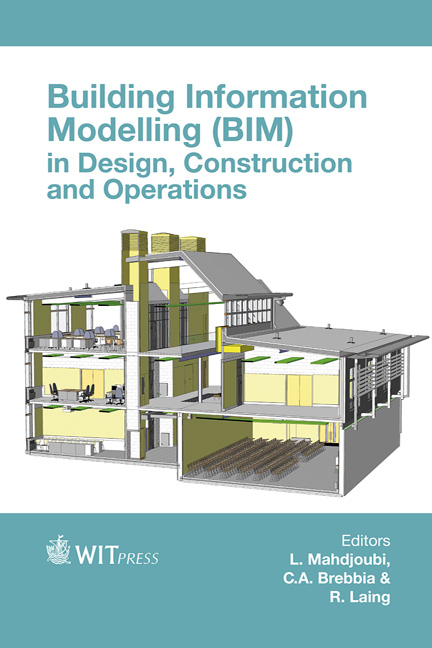Building Information Model Implementation For Existing Buildings For Facilities Management: A Framework And Two Case Studies
Price
Free (open access)
Transaction
Volume
149
Pages
12
Page Range
395 - 406
Published
2015
Size
688 kb
Paper DOI
10.2495/BIM150331
Copyright
WIT Press
Author(s)
G. Carbonari, S. Stravoravdis, C. Gausden
Abstract
This paper presents the process of implementation of a building information model for managing an existing building, identifying a development framework and documenting the difficulties that occurred during the implementation of the initial stages. The use of building information modelling (BIM) for the design and construction phase of a building has been thoroughly looked into by researchers and practitioners and there is evidence to support that it is beneficial for reducing cost, time and improving communication. A single shared building information model results in a greater accuracy, clarity and consistency of the information available during the life cycle compared to traditional 2D/3D drawings. Yet the potential use of BIM for the operational and management phase (facilities management), besides maintenance schedules and equipment information and location, is still not clearly identified. The UK Government, institutional clients and major private owners are now demanding BIM for new construction and major refurbishment, but given that 70–75% of the UK building stock that will exist and be in use in 2050 has already been built, a significant part of the existing facilities will not have a building information model till the next major refurbishment. This creates a major gap in the built environment, when it comes to having BIM for existing buildings.
This paper presents the initial findings of two case studies, where building information models were developed for two existing buildings using a new framework and concludes that minimal BIM skills are sufficient to construct a base building model that can be implemented over time by facilities managers.
Keywords
BIM, existing buildings, facilities management, information management





